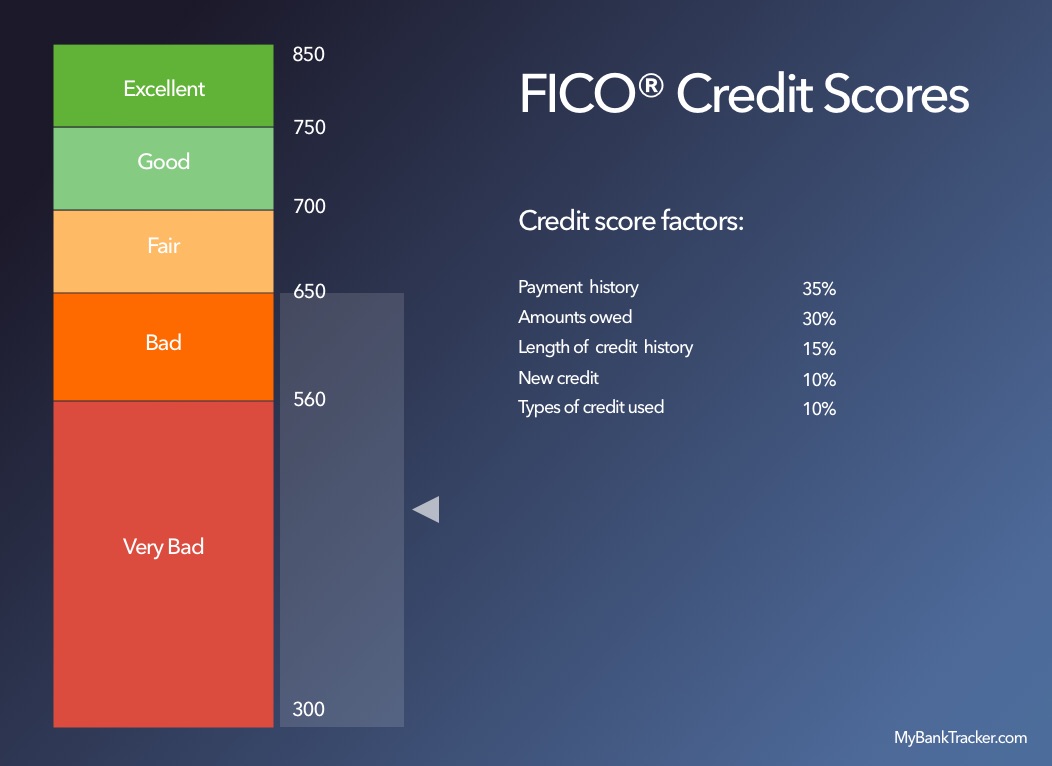Personal Loan Monthly Payments Calculator
Estimated Interest Personal Loan Calculator
Compare Personal Loans
Factors That Affect Your Monthly Payment
Loan amount
When you’re considering a personal loan, you want to borrow as much as you need — no more, no less.
- If your loan amount is too small, you may not have enough funds to cover the purpose of the loan.
- If you borrow more than you need, you’ll pay more interest than necessary while also fighting the temptation to spend the surplus on things you don’t need.
Each personal loan lender has its borrowing minimums and maximums. They can range from $1,000 to $100,000.
For borrowers seeking bigger personal loans, that financial need may sway their choice of lenders because specific lenders won’t allow them to borrow in such large amounts.
Note: Some lenders may offer personal loans that exceed their advertised borrowing maximums, but they’ll often review such applications on a case-by-case basis to determine if they will be approved. (Usually, these requests are reserved for those with excellent credit and high incomes.)
On the other hand, some lenders have higher minimum borrowing amounts, which means people searching for a small personal loan will turn to another lender to avoid overborrowing.
Not surprisingly, the more you borrow, the higher your monthly payment. However, your repayment term does play a significant role in that monthly cost.
Repayment term
As with loan amounts, lenders can offer different repayment terms to customers.
The most common repayment terms are three years and five years. However, they can range from 6 months to 7+ years.
If you choose a longer repayment term, your monthly payments will be lower, but you’ll pay more interest over the life of the loan.
If you choose a shorter repayment term, your monthly payments will be higher, but you’ll pay less total interest.
Lenders may change the repayment terms for a particular loan based on the desired loan amount. Generally, you may have to choose a longer repayment term for larger personal loans.
Before you pick a repayment term, determine how much you can afford every month.
Using the personal loan calculator, you can tweak the repayment term to determine the term length with the monthly payment amount that best fits your finances.
Tip: If you pick a lender that doesn’t charge prepayment penalties, you can make more or larger monthly payments to help pay off your loan faster without any additional cost.
Interest rate
Rightfully, the interest rate on your loan is significant as it will be responsible for the bulk of the cost to borrow funds.
Lenders will have a range of interest rates offered to loan applicants — again, the contents vary by lender.
For example:
- Lender A offers personal loans with rates from 5.99% to 23.99%.
- Lender B offers personal loans with rates from 7.99% to 16.99%.
Therefore, you could get quotes from different lenders and be offered utterly different interest rates, even if the loan amount and repayment term are the same.
Without a doubt, you’d like to get approved for the lowest rate possible.
Ultimately, it will depend on your financial credentials, especially your credit score.
Note: Don’t assume that a personal loan with a lower interest rate range is the best. Another lender’s rate range may not seem attractive at first, but it may be the one that offers the lower rate based on your particular credit.
The Importance of Your Credit Score
Your credit score is essential to all borrowing, including personal loans.
A higher credit score means you’re more likely to get approved for a personal loan.
Additionally, it means you’re more likely to qualify for a lower interest rate because the lender has high confidence in your ability to repay the loan.
Lower interest rates will yield lower monthly payments — and a lower cost of borrowing (total interest paid).
Therefore, your credit score must be in great shape because it could mean a difference of thousands of dollars.
Your FICO score
More than 90% of U.S. lenders rely on the FICO credit score when reviewing a borrower’s loan application.
If you’re thinking about a personal loan, note how your credit score is calculated so that you make an effort to improve it before submitting your application.

Payment history
Your on-time payments on loans and credit lines are tracked here. The critical part here is to avoid missed or late payments — a sign of financial irresponsibility.
Amounts owed
When you use a large amount of your available credit, it appears that you’re borrowing to stay afloat financially.
Your credit utilization ratio is determined by dividing your outstanding balance by your credit limit. Generally, you want to keep this ratio below 30%.
Pay down your debt or increase your credit limits to reduce this ratio.
Age of accounts
A long history of responsible credit usage is a good sign for borrowers.
This factor is based on the average age of your credit accounts. So, it encourages you to keep existing credit lines open for as long as possible.
Credit mix
Being able to manage different kinds of credit is a plus.
From installment loans (e.g., student loans, mortgages, car loans, etc.) to revolving credit lines (e.g., credit cards), you can exhibit strong credit management by having a diverse credit mix.
New inquiries
When you apply for too many loans over a short period, you may appear desperate to borrow money.
Ideally, you do not apply for any new credit lines if you’re about to take out a personal loan.
Summary
In conclusion, your monthly payment depends on these critical factors:
- Loan amount
- Repayment term
- Interest rate (based on your credit)
Using the personal loan calculator, you can get an estimate of your monthly payment after you’ve provided these details.
We’ll even recommend the best personal loans with the lowest interest rates based on your desired loan amount and repayment term.

